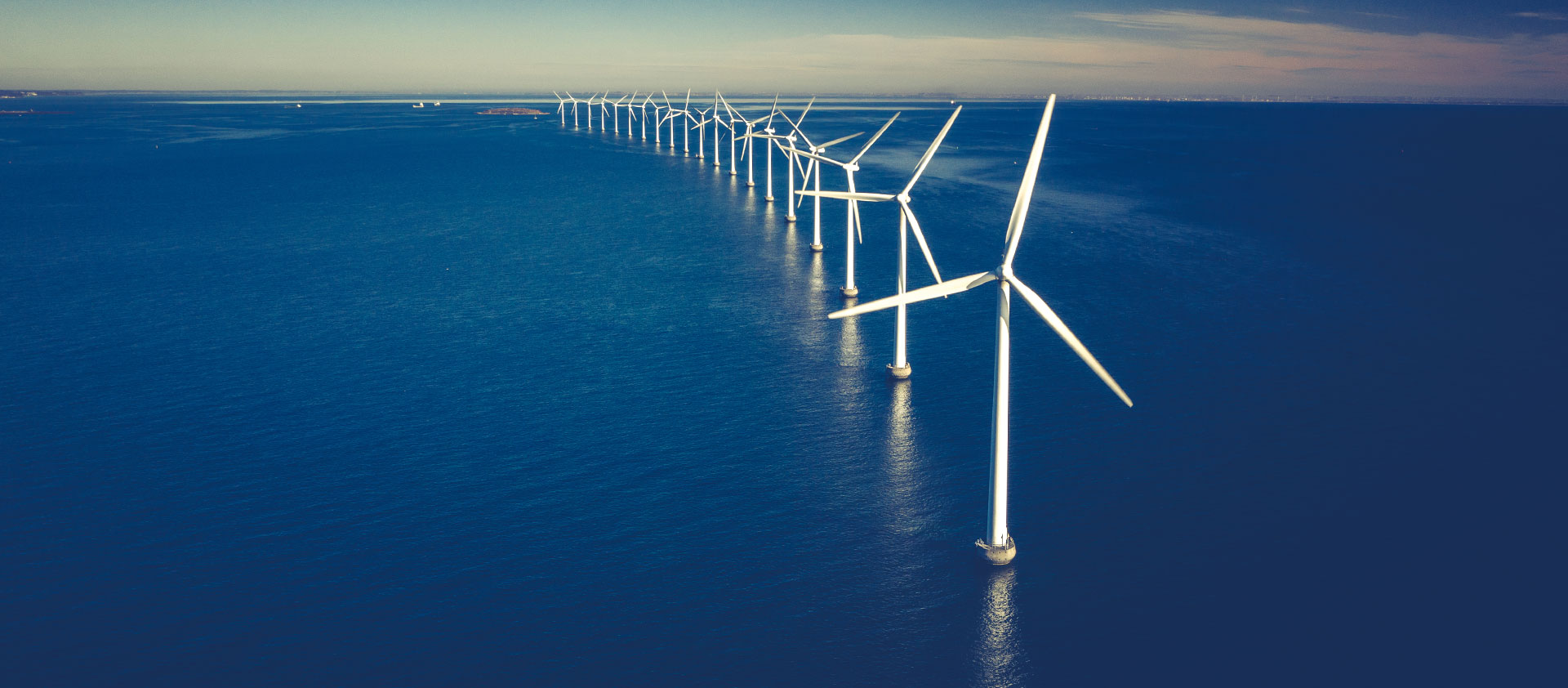CEF in the media
AGL China Coal Critical minerals Decarbonisation Electricity/electrification Energy crisis Finance Sector & Emissions Green Iron/Steel Hydrogen India & Adani Nuclear offshore wind Renewables Taxes and subsidies TIM BUCKLEY ON THE SPARK CLUB PODCAST US IRA/EU NZIA et al
Australia reopens the nuclear energy debate with a bang
___
Australia ponders green hydrogen future as tycoon scales back ambitions
___
ACCR cuts ties with Rio Tinto
FS Sustainability
FDi Intelligence | CIP bets A$16bn on nascent Aussie offshore wind
The Financial Times (UK)
Generators fill their pockets again, pushing grid prices to new highs and leaving renewables to cop the blame
Renew Economy
VIDEO: Australia’s Green Export Opportunity
___
Australia’s north-west reefs teem with life – but they are also at the centre of a massive fossil fuel expansion
The Guardian
Electricity bills: is energy market operator AEMO ‘getting owned’ by the gas cartel?
Michael West Media
Andrew Forrest faces reality of green hydrogen’s limits
The Saturday Paper
China’s Lightning-Fast Renewable Triumphs
___
VIDEO: AEMO’s Quarterly Energy Dynamics report
Sky News
AEMO Quarterly Dynamics report
ABC NewsRadio
